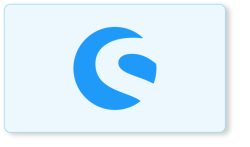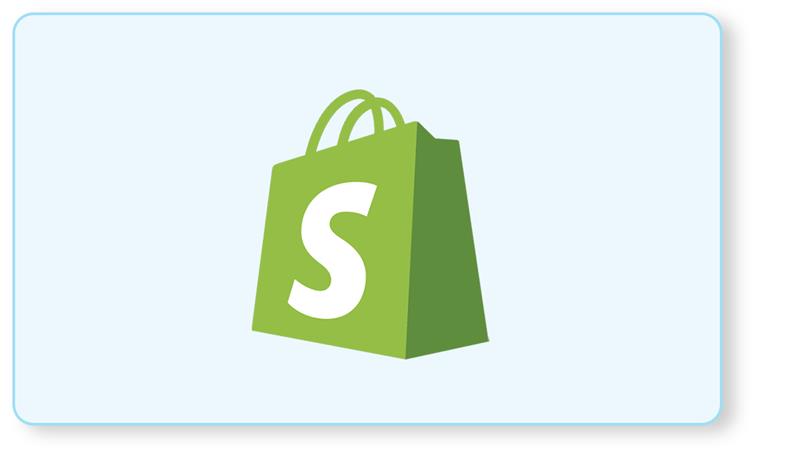Introduction:
In today’s digital age, e-commerce has become a vital component of business operations, enabling companies to reach a broader audience and drive sales. However, it’s important to recognize that not all e-commerce platforms are created equal. Depending on the nature of your business, you may need to choose between a Business-to-Business (B2B) or Business-to-Consumer (B2C) model.
In this blog post, we will delve into the world of Shopware, a popular e-commerce platform, and explore the nuances between Shopware B2B and B2C. By gaining insights into the unique considerations of each model, businesses can make informed decisions and provide exceptional experiences to their customers.
Shopware B2B vs. B2C: Understanding the Differences
Before we dive into the specifics, let’s clarify the definitions of B2B and B2C e-commerce.
B2B e-commerce:
B2B e-commerce involves transactions between businesses. In this model, a company sells products or services to other businesses rather than individual consumers. B2B transactions are typically characterized by large order volumes and long-term relationships. It often serves industries such as manufacturing, wholesale, distribution, or procurement.
B2C e-commerce:
B2C e-commerce revolves around transactions between a business and individual consumers. In this model, businesses sell products or services directly to end consumers for personal use. B2C transactions typically involve smaller order volumes and focus on creating a seamless and personalized shopping experience for individual customers.
Key Distinction between Shopware B2B and B2C
Now that we have understood what Shopware B2B and B2C models, let us explore the key distinctions between them.
Target Audience
The first important difference between B2B and B2C e-commerce lies in the target audience. B2B companies usually have smaller customer bases but higher customer value. While the number of customers may be relatively low compared to B2C businesses, B2B clients are often repeat customers who regularly purchase the same products or entire shopping carts. B2B businesses primarily target other businesses, such as retailers, wholesalers, or manufacturers.
To maintain a healthy relationship and provide a user-friendly interface for these regular clients, Shopware provides features that streamline the ordering experience by displaying previously shopped products and shopping baskets, allowing easy editing, and reusing them for new orders.
B2C businesses, however, cater to individual consumers who purchase products or services for personal use. When it comes to Shopware’s B2C features, the platform offers a comprehensive set of tools designed to enhance the shopping experience for individual consumers. This list includes a simple interface, responsive design, multichannel, seamless checkout process, and so on.
For companies with multiple employees accessing a shared account, it becomes necessary to accommodate different roles and rights within the Shopware store system. In some cases, the store system supports complete authorization processes. For this, Shopware offers the flexibility to handle both B2C and B2B scenarios within a single online store, thereby streamlining the infrastructure for customers.
Purchase Motivations
B2B customers are driven by different motivations compared to B2C customers. B2B customers are motivated by factors such as efficiency, cost savings, product quality, and long-term business relationships. They prioritize functionality, reliability, and the ability to fulfill their own customers’ demands. For this type of purchase motivation, Shopware provides personalized customer services, custom pricing modules, and customer segmentation features.
In contrast, B2C customers are more influenced by personal desires, emotions, and convenience. They seek products or services that enhance their lifestyle, address their pain points, or provide entertainment value. Also, the purchase motivation of B2C businesses often experiences extreme sales peaks during specific periods, like Christmas or Black Friday. However, B2B eCommerce maintains a more consistent flow.
A manufacturing company using Shopware B2B may be motivated to purchase raw materials in bulk to maintain uninterrupted production and meet their customer demands efficiently. On the other hand, an individual consumer using Shopware B2C may be motivated to purchase a trendy fashion item to enhance their personal style or follow the latest fashion trends. In both cases, the Shopware platform provides an interface and features that align with different needs.
Order and Checkout Process
B2B transactions are generally more complex and involve larger order quantities. Shopware B2B streamlines the ordering process by providing features like quick order forms, requisition lists, and automated approval workflows. These functionalities facilitate efficient order placement and streamline the procurement process for B2B customers.
In contrast, B2C businesses prioritize a smooth and frictionless checkout process. To align with these needs, Shopware B2C offers a range of features such as guest checkout, one-click ordering, and various payment options, ensuring a seamless shopping experience for individual consumers.
Pricing Models
Unlike B2C businesses that typically offer the same price to every customer, B2B transactions often involve individualized pricing and discount categories based on customers or customer groups. Additionally, implementing a bonus points program for merchants and resellers may introduce further conditions or rules for redeeming bonus points. To accommodate this, Shopware B2B Store provides advanced pricing models, allowing businesses to offer tiered pricing, negotiated pricing, and volume-based discounts.
As mentioned, B2C businesses usually utilize fixed pricing strategies. Shopware B2C Store provides a user-friendly interface for managing product catalogs, allowing businesses to easily showcase and organize their offerings for individual consumers.
Advanced Tip: When a Shopware store is linked to an enterprise resource planning (ERP) system, it is important to pay close attention to programming the connection between the two. The store owner needs to think carefully about how often the data is synchronized to make sure that the information is always accurate and up-to-date.
Customer Groups and Segmentation
Segmentation plays a vital role in both B2B and B2C businesses, but the approach differs between the two. Shopware B2B offers advanced customer group management, allowing businesses to define different customer groups based on factors such as industry, purchasing power, or geographical location. This segmentation enables B2B businesses to tailor their marketing efforts, offer specific pricing, and provide personalized experiences based on customer group preferences.
In contrast, B2C businesses focus on segmenting their customers based on demographics, interests, and buying behavior. Shopware B2C offers intuitive tools for managing customer data and leveraging it to provide targeted marketing campaigns and personalized product recommendations.
User Experience and Interface
In the B2B space, customer-specific prices play a crucial role. Shopware’s B2B Suite offers features such as customer-specific pricing, personalized catalogs, and individual customer accounts with multiple users and user roles. Shopware 6 recognizes this requirement and provides system interfaces to facilitate the intelligent integration of third-party systems. This empowers B2B customers to manage their accounts efficiently, streamline their purchasing processes, and assign different roles and permissions within their organizations.
In contrast, B2C customers typically have simpler account management needs. Shopware B2C Suite is designed with a strong emphasis on delivering a smooth and user-friendly registration and login process, enabling customers to effortlessly make purchases and manage essential account details.
Conclusion
In today’s interconnected world, businesses can leverage both B2B and B2C models in a hybrid or omnichannel approach to maximize their reach and revenue potential. However, it is essential to understand the differences between B2B and B2C e-commerce to optimize the user experience and meet customer expectations effectively.
Whether it’s B2B or B2C, Shopware offers robust features, flexibility, and scalability to cater to the unique requirements of each model. The key lies in tailoring the e-commerce experience, from pricing and promotions to user interface and relationship management, to create a seamless and engaging experience for customers.
As you embark on your e-commerce journey, remember to
- Assess your business goals
- Analyze your target audience, and
- Select the appropriate Shopware model
to deliver exceptional experiences and maximize sales.
Contact us today and let us know your requirements.





